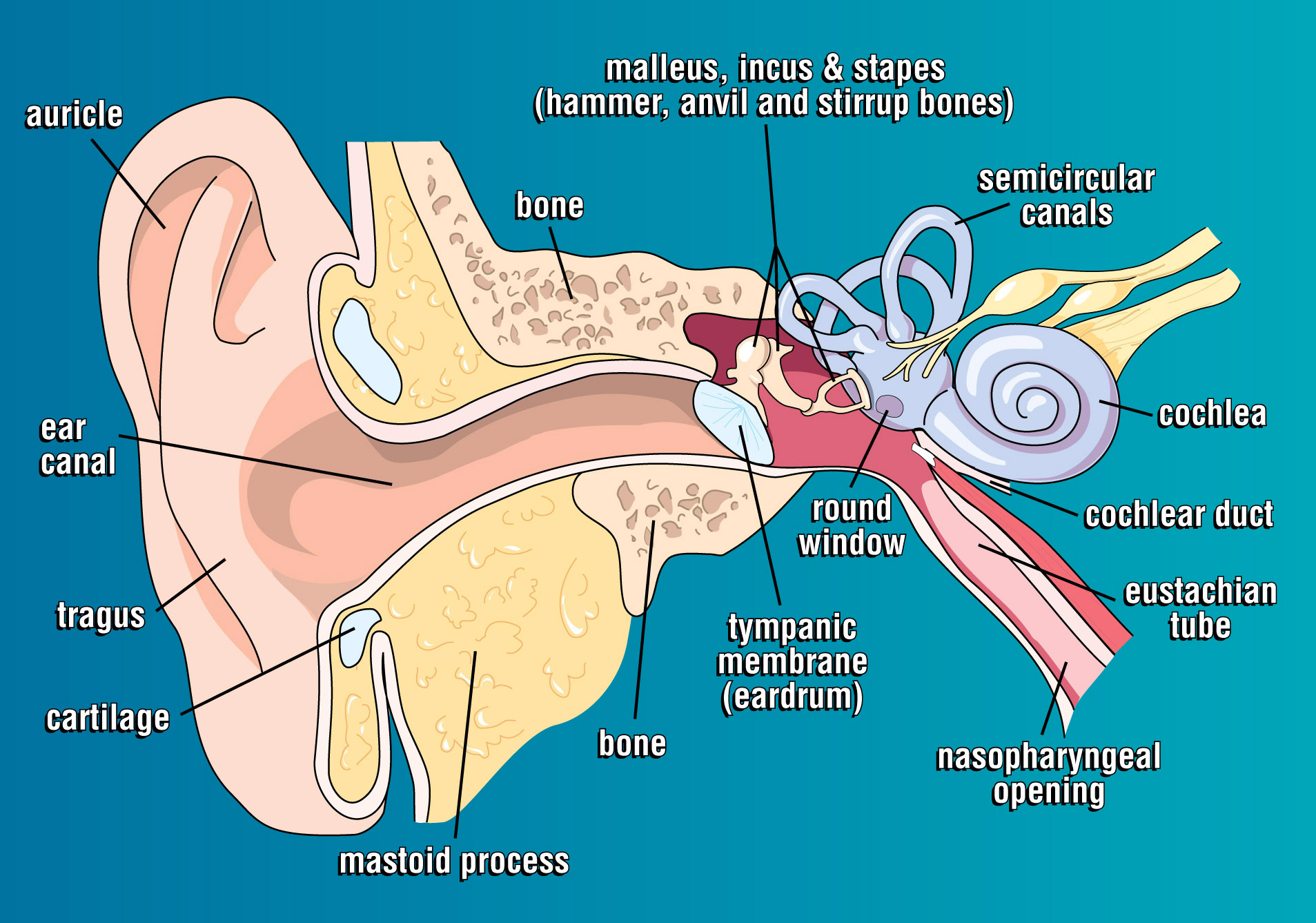Medical line
Eustachian tube dysfunction: the treatment with Balloon Tuboplasty
Eustachian tube dysfunction (ETD) is a common clinical condition of the middle ear that can affect patients of all ages. The causes of ETD are both extrinsic and intrinsic to the Eustachian tube, in particular stemming from the nose, the nasopharynx, or also from inflammation or stenosis of the Eustachian tube itself. The symptoms are hearing loss, dull hearing, and very rarely ear pain. These symptoms can occur when carrying out a variety of activities: air travel or traveling on fast trains, mountain hikes, and especially during diving activities, both when free diving or using scuba equipment.
This very important canal that connects the middle ear (tympanic cavity and attached cavities) with the nasopharynx was known as far back as the 16th century. The Eustachian tube is formed by an osseous part and a fibrocartilaginous part. Its function is to provide ventilation, drainage, and protection to the middle ear, as well as maintaining the same pressure present in the external environment (atmospheric pressure) in the tympanic cavity. It is because of this equalization function carried out by the Eustachian tube that the system composed of eardrum and ossicular chain can express its functions in the best way possible; furthermore, it prevents the formation of serous or catarrhal secretions in the tympanic cavity.

ETD provokes ventilation problems in the middle ear, resulting in an altered equalization of the pressure between the middle ear and the environment, and the formation and stagnation of secretions in the tympanic cavity, up until the development of a full-blown barotrauma to the middle ear, which is greatly feared by divers.
If an ETD occurs during a scuba dive, due to the rapid increase of the environmental pressure in the descent phase, it will not be possible to spontaneously equalize (pressure equalization) the cavities of the middle ear, since the physiological opening of the Eustachian tube will be prevented by the momentary negative tympanic pressure that maintains its walls collapsed.
The diver might then have to resort to special maneuvers to force equalization, if regular equalization does not work. The basic requirement to equalize the middle ear effectively and without any risks when descending, is to promptly start carrying out equalization maneuvers, in other words force the opening of the Eustachian tube in the presence of small pressure gradients (from the very first meters).
The diagnosis of ETD can be made after a specialist otorhinolaryngology examination, as well as an instrumental investigation of the auditory functionality, and impedance testing. This way it is possible to clarify the causes of the dysfunction: the presence of adenoid vegetation or neoplasms in the nasopharynx, septal dysmorphisms, hypertrophy of the turbinates, salpingitis, etc.
In addition to the treatments already in use (thermal intratympanic insufflation, kinesiotherapy of the ear tube using Otovent, use of the Ear Popper), nowadays a surgical method is available that can cure this clinical condition: Balloon Tuboplasty.
This procedure uses a modified PTA catheter that is introduced inside the Eustachian tube, using a special microendoscope to allow its delicate and precise positioning. Once the catheter is introduced, the balloon located on its distal end is inflated by introducing saline solution, up until a pressure of 10 bar. This pressure is kept unvaried for two minutes. Then, the balloon is deflated and the catheter is removed under endoscopic vision.
Postoperative results are analyzed using a specific scale, identified as ETS, that assesses objective and subjective parameters.
The results of this technique show that the dilation of the Eustachian tube is a safe and simple procedure, and represents a good treatment option to improve stenosis of the ear tube.

